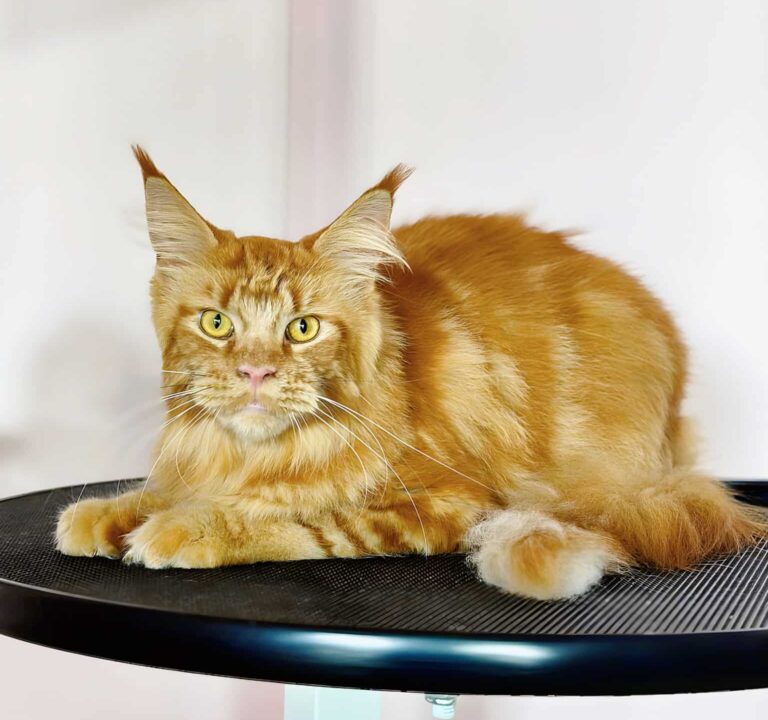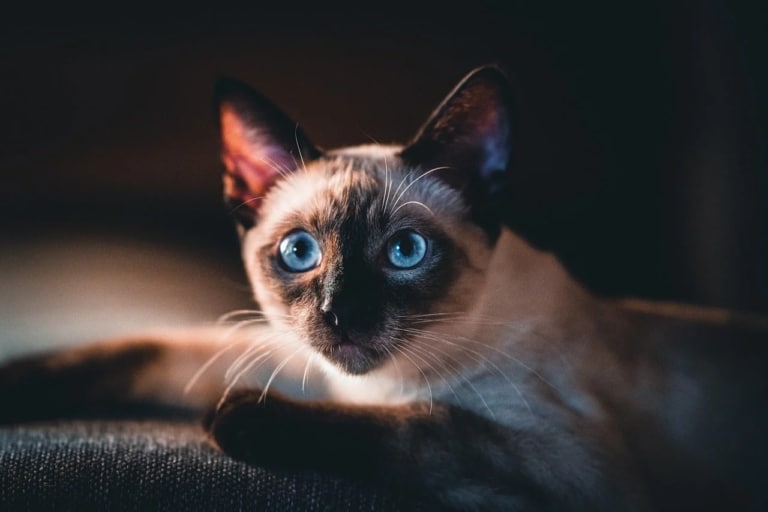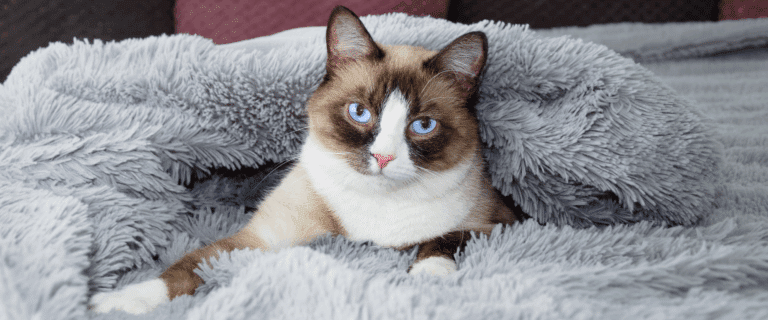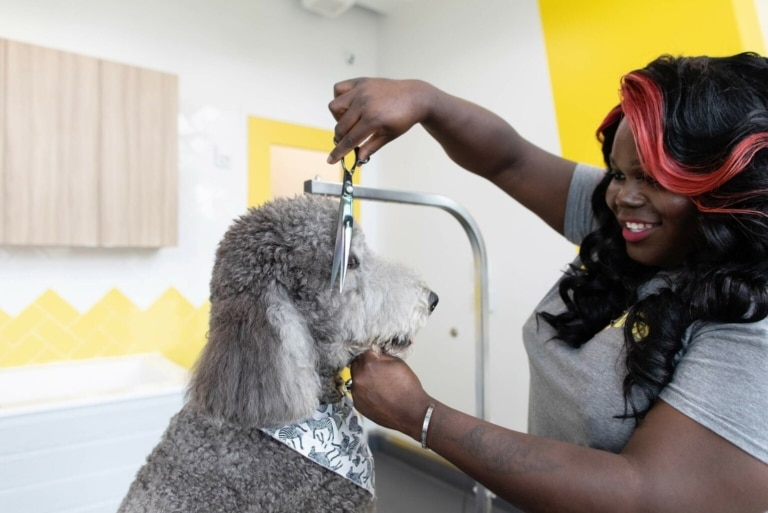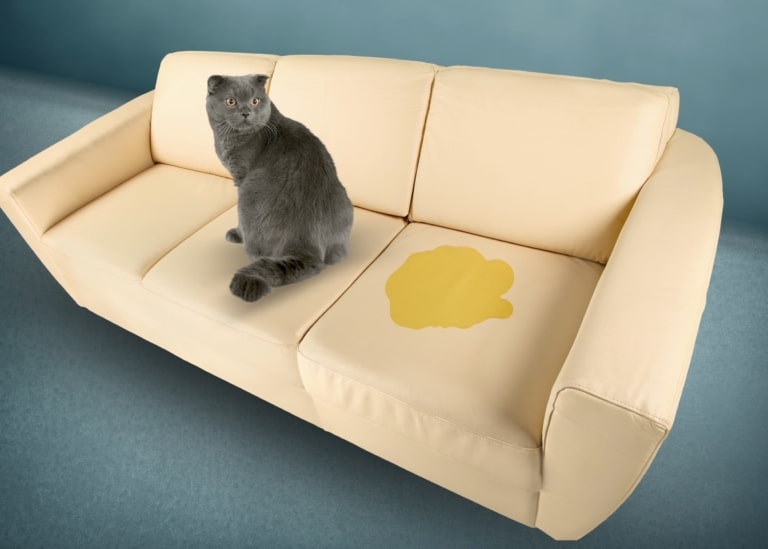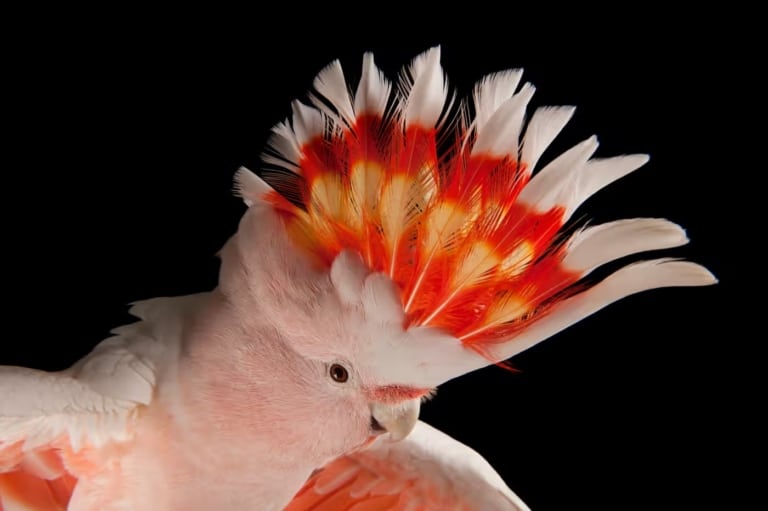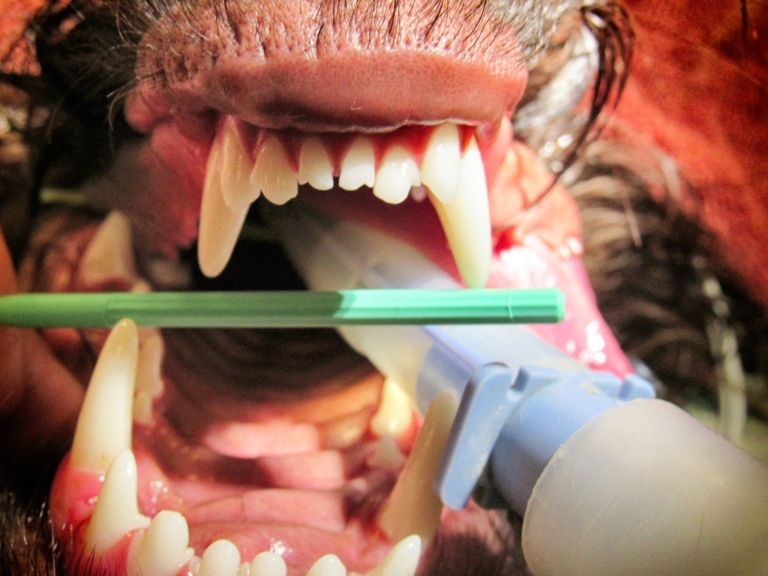Caring for pets is feeding and caressing, and most importantly: attention to their health and hygiene. Cats, like people, need regular care, which includes, in addition to hair care, mouth care, ear care, and claw care. These procedures play an important role in maintaining his health.
Brushing your teeth is important to prevent oral diseases that can lead to serious health problems, including heart and kidney disease. Regular ear cleaning helps prevent infections and wax build-up, which is especially important for breeds with large or drooping ears. Claw trimming is necessary not only to protect furniture and interior from scratches, but also to prevent ingrown claws, which can be painful for the animal and cause problems when walking.
On our page dedicated to cat care, you will be able to familiarize yourself with all the questions that may be of interest to a good cat owner: Professional cat grooming in Kyiv
In this article, we will take a detailed look at how to properly care for your Pet’s teeth, ears and claws, using the advice of professional groomers. You will learn about various tools and techniques that will help make this care effective and comfortable for your cat.
Cleaning the cat’s teeth
Brushing your cat’s teeth is also about keeping his breath fresh. Regular brushing helps prevent tartar build-up, which can lead to periodontitis and other serious health problems. Diseases of the gums and teeth can cause pain and discomfort, lead to more serious problems, such as infections of organs and tissues.
Selection of teeth cleaning products
When choosing products for cleaning your cat’s teeth, it is important to use specialized products designed specifically for cats. These can be:
Specialty cat toothpastes: These are safe to swallow and often have flavors that cats like, such as meat or fish.
Traditional toothbrushes and finger bandage: These can be soft toothbrushes or pieces of bandage wrapped around the finger for gentle brushing.
Veterinary dental gels for prevention: can be used to reduce tartar formation.
Decoctions of herbs: for example, chamomile or oak bark, which have antiseptic properties.
Alternative means:
Solid treats that help clean teeth when chewing.
Teething toys – designed to stimulate the cat to chew, thus cleaning the teeth in a natural way.
Liquid toothbrush is a special product that can be added to a cat’s drinking water to help control plaque and freshen breath.
It is important to remember that even with the use of these products, regular dental checkups by a groomer or veterinarian are necessary to monitor your cat’s health.
Teaching a cat to brush its teeth
This is a process that requires a lot of patience. It is ideal to start this process with a baby, but it is also possible to work with adult cats.
Start small
First, use a finger wrapped in a bandage to accustom the cat to the feeling of brushing. This will allow him to get used to the procedure without the stress associated with a foreign object in his mouth.
Transition to a brush with a handle
When the cat gets used to the bandage, you can gradually switch to using a brush with a handle. This will give you more control over the cleaning process.
Awards and praise
It is important to reward the cat with treats for calm behavior during the procedure and to constantly praise it. This will help to associate brushing teeth with positive emotions.
Tips from V.O.G DOG groomers
Gradual: Start with short sessions, gradually increasing the amount of time you spend brushing your teeth.
Calm and patience: always approach the procedure calmly and patiently. Do not raise your voice and in no case use force if the cat resists, because then you will forever lose the opportunity to teach your kitten to brush its teeth
Involve the cat: Let the cat familiarize himself with the brush and toothpaste before the procedure, allowing him to sniff and lick them.
Teeth cleaning procedure
- Make sure you have everything you need: a special cat toothpaste, a brush or finger bandage, a treat for a reward.
- Choose a quiet place where the cat will feel comfortable.
- First, let the cat try the toothpaste from your finger or brush.
- Gently lift the cat’s lips, gently cleaning the teeth in a circular motion. At first, you can brush only the front teeth, and then gradually move to the back teeth.
- Brushing your teeth should not last long – a few minutes are enough.
- When finished, reward the cat with treats and praise.
Remember that brushing your teeth is a regular process that requires consistency and patience. Your Tail will eventually get used to this procedure, and it will become a normal part of his life.
Cleaning the cat’s ears
Ear cleaning is an important part of cat care as it helps prevent infections and wax build-up. The most popular question from owners is: “how often should you clean your cat’s ears?” The recommended frequency of ear cleaning depends on the individual needs of the animal, but usually it should be done once a month or more often if the veterinarian or groomer advises otherwise.
Selection of ear cleaning products
It is important to choose safe and effective means for cleaning a cat’s ears:
- Use cotton pads, veterinary wet wipes, special lotions for cleaning cats’ ears.
- It is better to avoid cotton swabs, wet wipes for humans, soapy solutions, hydrogen peroxide, alcohol-containing, iodine-containing compositions, powders for cleaning the ears of dogs, and other powders that can cause irritation or burn the delicate skin of the cat’s ear.
Ear cleaning procedure
- Before the procedure, calm the cat and make sure that you have all the necessary tools at hand.
- Gently bend the ear and examine it for a red rash, excessive wax, foul odor, or other signs of infection. If you notice anything unusual, contact your veterinarian.
- Apply a small amount of lotion or special solution to a cotton pad or napkin.
- Gently wipe the inside of the ear, avoiding deep penetration. Focus on the visible areas, not forgetting the folds of the skin.
- After cleaning both ears, give the cat treats and time to rest.
Remember that regular ear cleaning is one of the components of caring for the health of your cat, cat or kitten. Avoid using dangerous objects or substances that can harm your cat’s delicate ears.
Trimming the cat’s claws
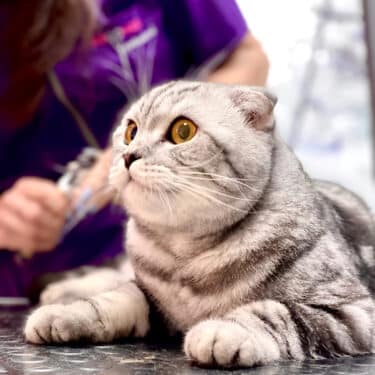
Frequency of claw trimming
Trimming the claws is an important part of cat grooming. This helps prevent claws from growing too long, which can lead to ingrown toenails, trouble walking, or even injury. Usually, it is recommended to trim the claws about once every 2-3 weeks, but the frequency can vary depending on the cat’s activity and living conditions.
Choice of tools
There are several types of claw cutters for cats:
Guillotine claw cutters are tools where a claw is inserted into a hole and the blade cuts it when you press down on the handle.
Pincer claws are the most common type, resembling scissors with rounded ends.
Electric grinding tools – these devices allow you to carefully grind the nails, avoiding a sharp cut.
The choice of tool depends on the personal preferences of the owner and the habits of the cat.
Claw trimming procedure
- Calm the cat, place it on your lap, and gently stroke it.
- Gently press on the pad of the paw to extend the claw.
- Position the nail clipper so that only the keratinized tip of the nail is cut, leaving about 1-2 mm of the pulp.
- Cut the tip of the nail quickly and confidently, avoiding a deep cut.
- If there are sharp edges or notches left after cutting, carefully process them with a saw.
- Gradually move to other claws, paying attention to the behavior of the cat. If the cat becomes too excited or nervous, you can pause the procedure and continue later.
- At the end of the procedure, praise the cat and reward him with his favorite treats.
Please note that it is important to act calmly and confidently during the procedure to calm the cat and make the process as less stressful as possible for both of you. This is the only way groomers work in V.O.G DOG beauty salons and advise cat owners to do so.
The value of regular visits to groomers
Regular visits to professional salons guarantee that your cat will always look well-groomed and healthy. Groomers not only help keep your cat’s coat and skin clean, but they can also spot early signs of skin diseases, parasites, or other problems that may need special attention.
Our groomers
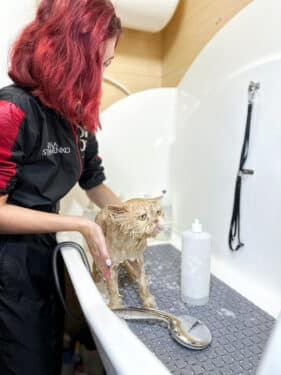
In our salons in Kyiv, you will find experienced groomers who will approach each Beloved with love and care. They use state-of-the-art equipment and high-quality grooming products to keep your Ponytail looking flawless and feeling comfortable.
We invite you to visit our salons in Kyiv, where our specialists will be happy to help your cat look and feel great. We guarantee an individual approach to each cat and a high level of service. Your cat deserves the best care and we are here to provide it!

